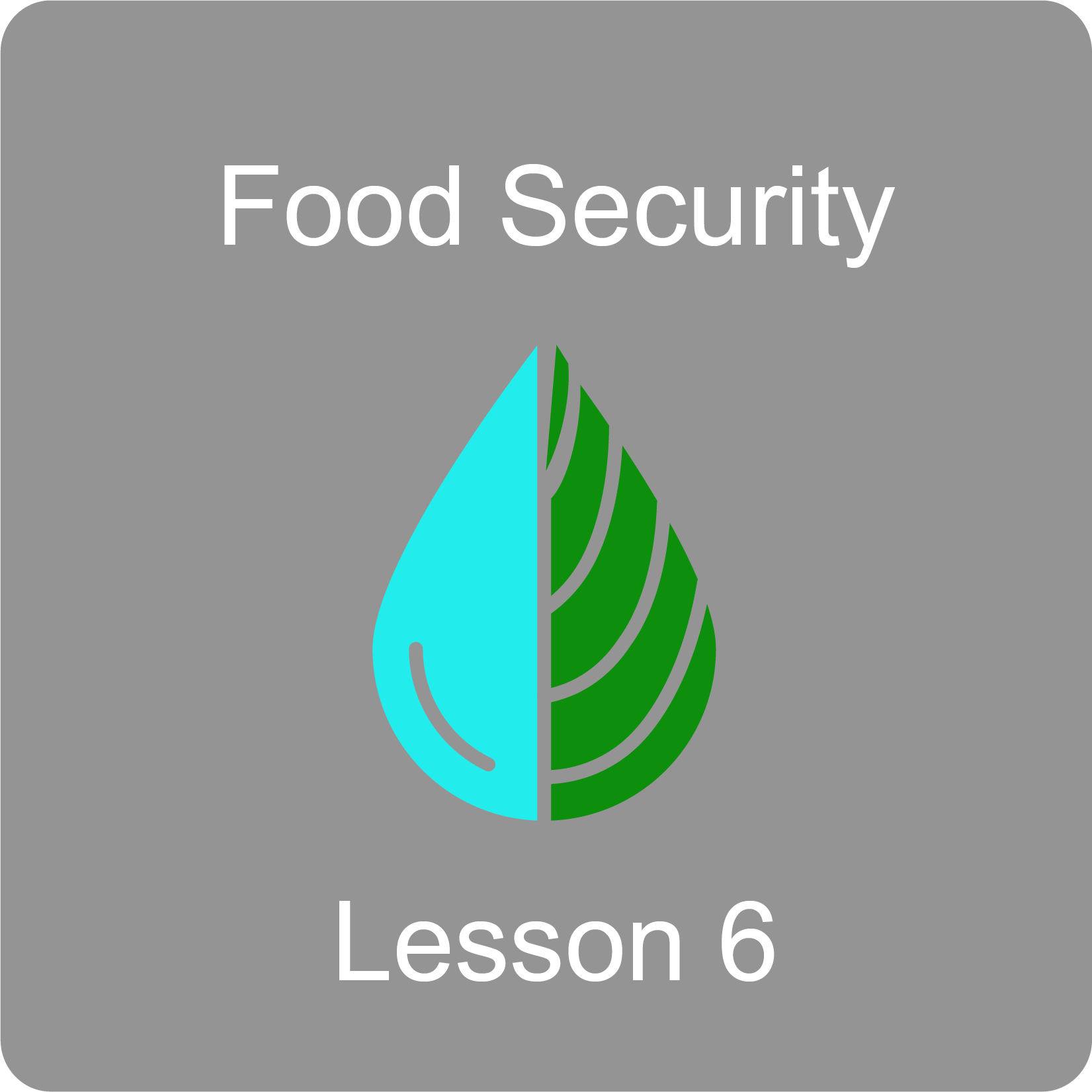Lesson FS6: Where Does Our Food Come From?
 Description: How does our food get from farm to table and what resources are required to get it there? In this activity, students will play a game to produce pizza. While the game uses economics as a driving force to model food production, students must use a systems thinking approach to strategize and make decisions.
Description: How does our food get from farm to table and what resources are required to get it there? In this activity, students will play a game to produce pizza. While the game uses economics as a driving force to model food production, students must use a systems thinking approach to strategize and make decisions.
Objectives
THE BIGGER PICTURE
How does our food get from farm to table and what resources are required to get it there? In this activity, students will play a game to produce pizza. While the game uses economics as a driving force to model food production, students must use a systems approach to strategize and make decisions. Various food production techniques can be utilized, each with their own costs and benefits; therefore, students will need to make a series of decisions to grow crops while also considering the impact they impart on the environment. Weighing economic interests against resource use and environmental consequences can be challenging! Students also learn to adapt their food systems in the face of environmental catastrophes and will gain understanding of how agriculture and food production is a system. Many factors (social, environmental, economic, etc) impact that system; however, some of these variables are not included due to time constraints.
Instructions
FOR EDUCATORS
Please use this Complete Food Security (FS) Module link to access the most up-to-date version of our Food Security Curriculum Module (last updated 02/23/2021). If you would like to further field-test or optimize these lessons, please email us at see@isbscience.org.
Assessment
This lesson follows the FS Pre/post-assessment (Google Doc | Word Doc), Lesson FS1: Introduction to Food Security, Lesson FS2: Critically Evaluating Food Production Techniques, FS APPLICATION 1, Lesson FS3: Who Cares? Stakeholders!, Lesson FS4: Food Security as a System and Lesson FS5: Why Don’t We Just Grow More? Please consider sending electronic versions of any student work to see@isbscience.org.
Resources
For your convenience, the following are quick links to the resources required for Lesson FS6: Where Does Our Food Come From? (p. 34-51)

